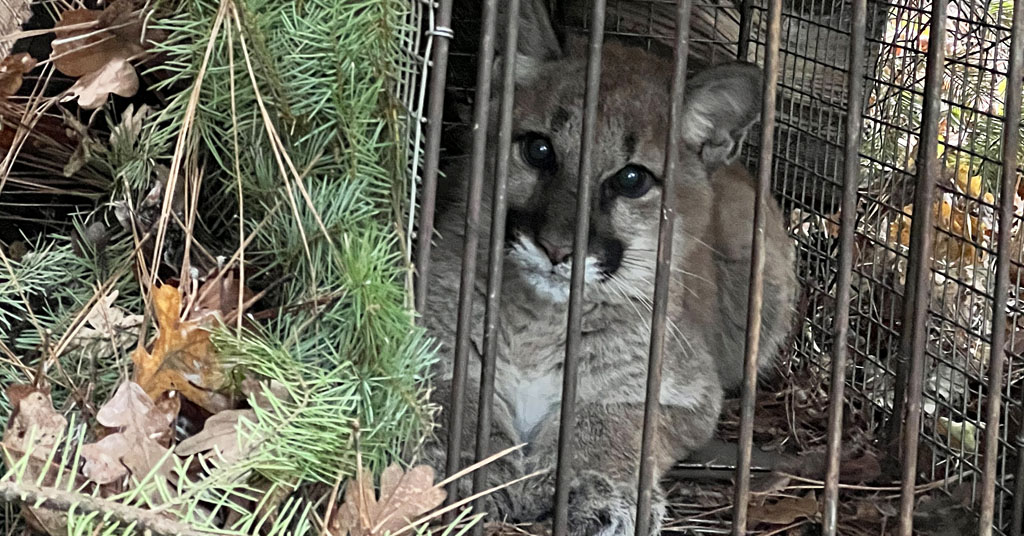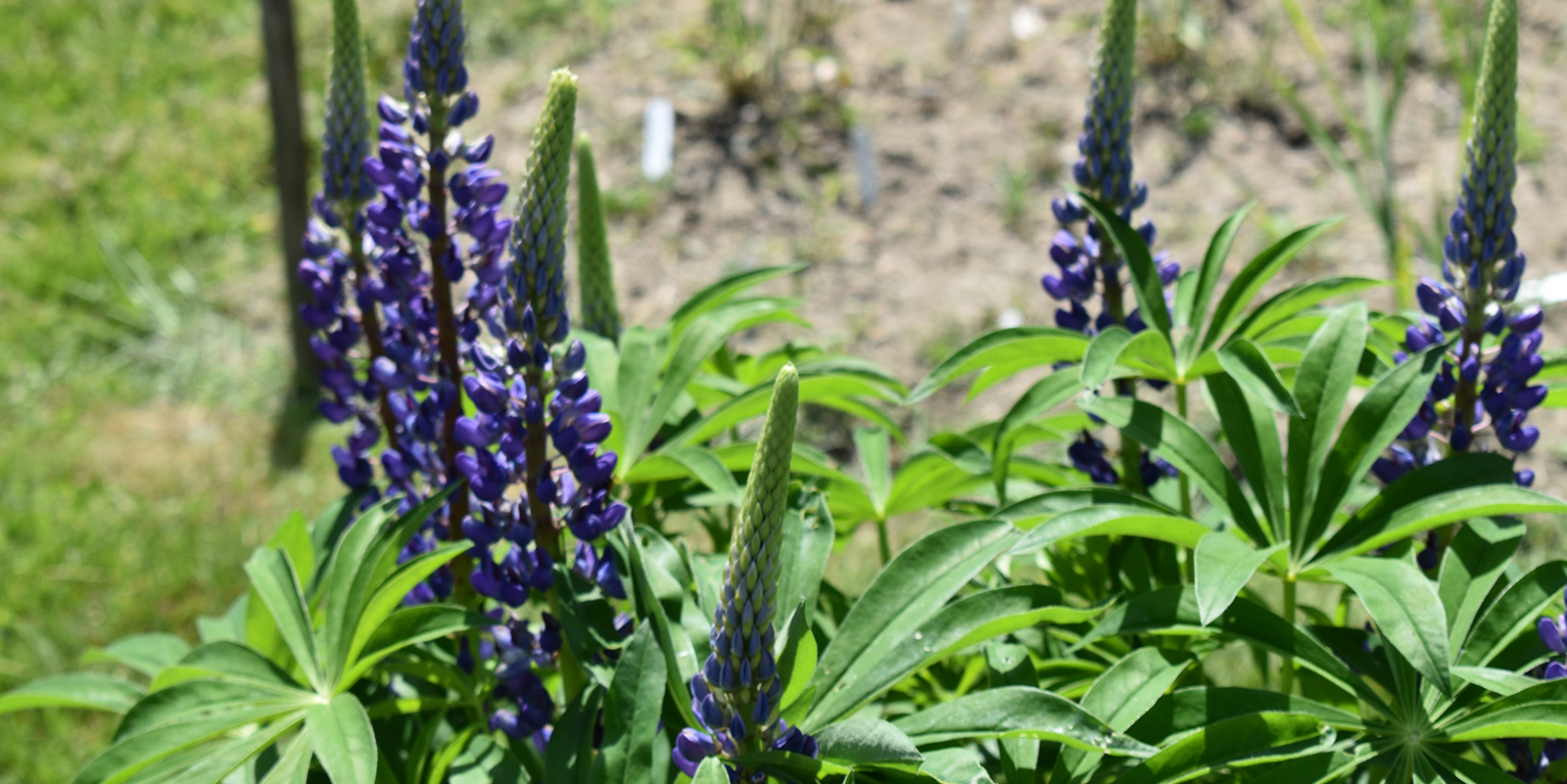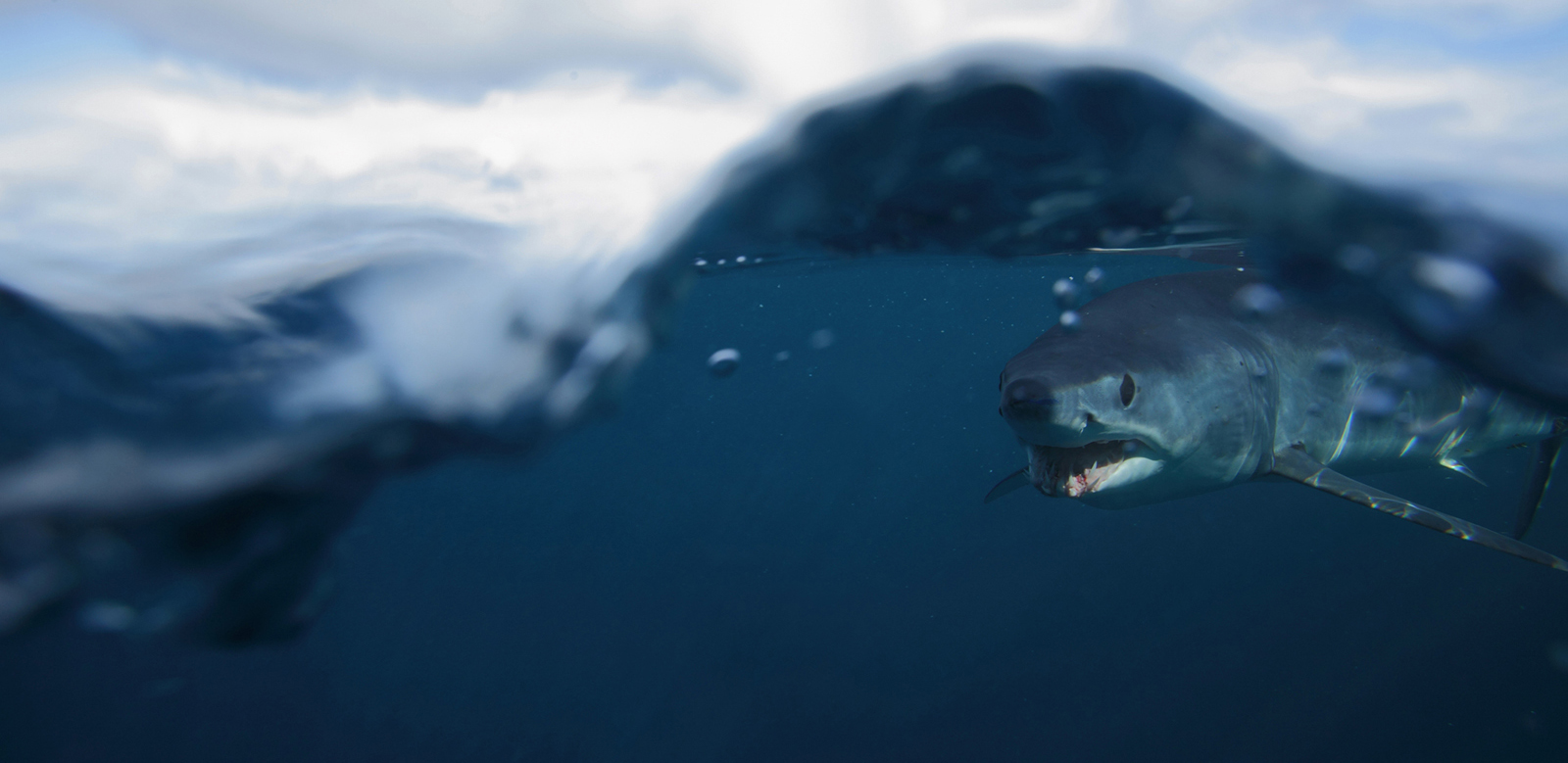Offshore Turbines Could Put Rare Shorebirds at Risk
December 19, 2018
The recent record-breaking auction of development rights for offshore wind-energy installations off the coast of southern New England proves that developers are confident that obstacles to their construction and operation will likely be few.
But after just two years of operation of the nation’s first offshore wind facility — the much-heralded Block Island Wind Farm — there is still a great deal unknown about their long-term environmental impact.
A new study of the migratory behavior of a rare shorebird, funded by the Bureau of Ocean Energy Management (BOEM), suggests that the impact of a growing number of turbines will not be benign.
The rufa subspecies of the red knot, a bulky chestnut shorebird that breeds in Arctic Canada and winters along a wide swath of coastal habitat from the Southeast to the southern tip of South America, is a federally threatened bird whose populations have declined precipitously in recent decades. During the spring and fall, they migrate over the Atlantic Ocean, and some stop to refuel at select sites along the Eastern Seaboard.
The birds’ migratory route offshore — as well as their altitude, timing, and preferred environmental conditions — was unknown until a group of researchers from the U.S. Fish & Wildlife Service and partners in Canada, New England, and New Jersey placed nanotags on 388 red knots in fall 2016. When the birds flew within detection range of one of 35 radio towers from Cape Cod to Virginia, including four in Rhode Island, their location, altitude, and direction were recorded.
According to Pam Loring, the Rhode Island-based Fish & Wildlife Service biologist who led the study, the results indicate that red knots migrate south in fall in two distinct waves.
“Those that came through during early fall went straight southeast over the open Atlantic Ocean and were likely heading nonstop to South America,” she said.
Most of those birds probably traveled far to the east of any of the areas targeted for wind-energy installations, so those early migrants are unlikely to be impacted by wind turbines in U.S. waters in the future, according to Loring.
“The second wave came through in November and went more in a southwest direction,” she said. “Birds from Cape Cod cut across the Mid-Atlantic Bight and arrived in the mid-Atlantic coastal region from New Jersey to Virginia. Some of those birds intersected with large areas leased for wind energy throughout the mid-Atlantic Bight.”
Most of the birds in the second wave were recorded flying less than 200 meters high, placing them at an altitude in which they would risk colliding with wind turbine blades. However, that there were “high uncertainties” in the data about the precise altitude at which the birds were flying, Loring said.
Still, in a report she wrote for BOEM, Loring noted that the study’s elevation results place “the short-distance wintering population at higher level of exposure to potential effects from offshore wind energy development.”
Among the other findings of the study, Loring noted that the birds typically departed for migration just prior to sunset, when skies were clear and they had a tailwind.
“Using the dates, winds, and other conditions, we can predict when their movements would occur,” she said.
That means that one option for future management of offshore wind facilities is to curtail turbine operations during the time periods when red knot migration is most likely to occur. That strategy is frequently used in the West to protect migrating hawks and eagles from collisions with land-based wind turbines.
A similar study Loring is co-leading with University of Rhode Island ornithologist Peter Paton is examining the offshore movement patterns of piping plovers and roseate terns, two birds on the federal endangered species list that breed in coastal southern New England and probably migrate offshore through areas designated for offshore wind development. A report of the results of that study, which included tagging birds on Rhode Island beaches, is due later this winter.
In addition, Paton is leading a study of the movement of various species of birds and bats around the Block Island Wind Farm, using a tracking antenna installed on one of the turbines.
Rhode Island resident and author Todd McLeish runs a wildlife blog.




I applaud ecori for being willing to call attention to downsides of renewable energy which too often environmental groups call "clean energy" (when clearly there is no such thing as we’ve seen from solar "farms" destroying woodland, siting and transmission line impacts, not to speak of manufacturing, disposal etc) giving the impression it will solve all problems, thus risking undermining efforts to reduce DEMAND for energy – from effiency, by developing a culture of conservation, and by reducing the rate of growth of human population. This is not to say that renewables shouldn’t replace fossil fuels, but it needs to be done carefully instead of getting a blank check, and a lot more than that needs to be done to build sustainable futures.
Offshore wind turbines are required to reduce the burning of fossil fuels and to reduce the worst effects of global heating and ocean acidification. Such heating and acidification will also be detrimental to migrating birds, especially Red Knots which are extremely dependent on horseshoe crab eggs being laid in Delaware Bay during their migration month. There is no solution without loss.